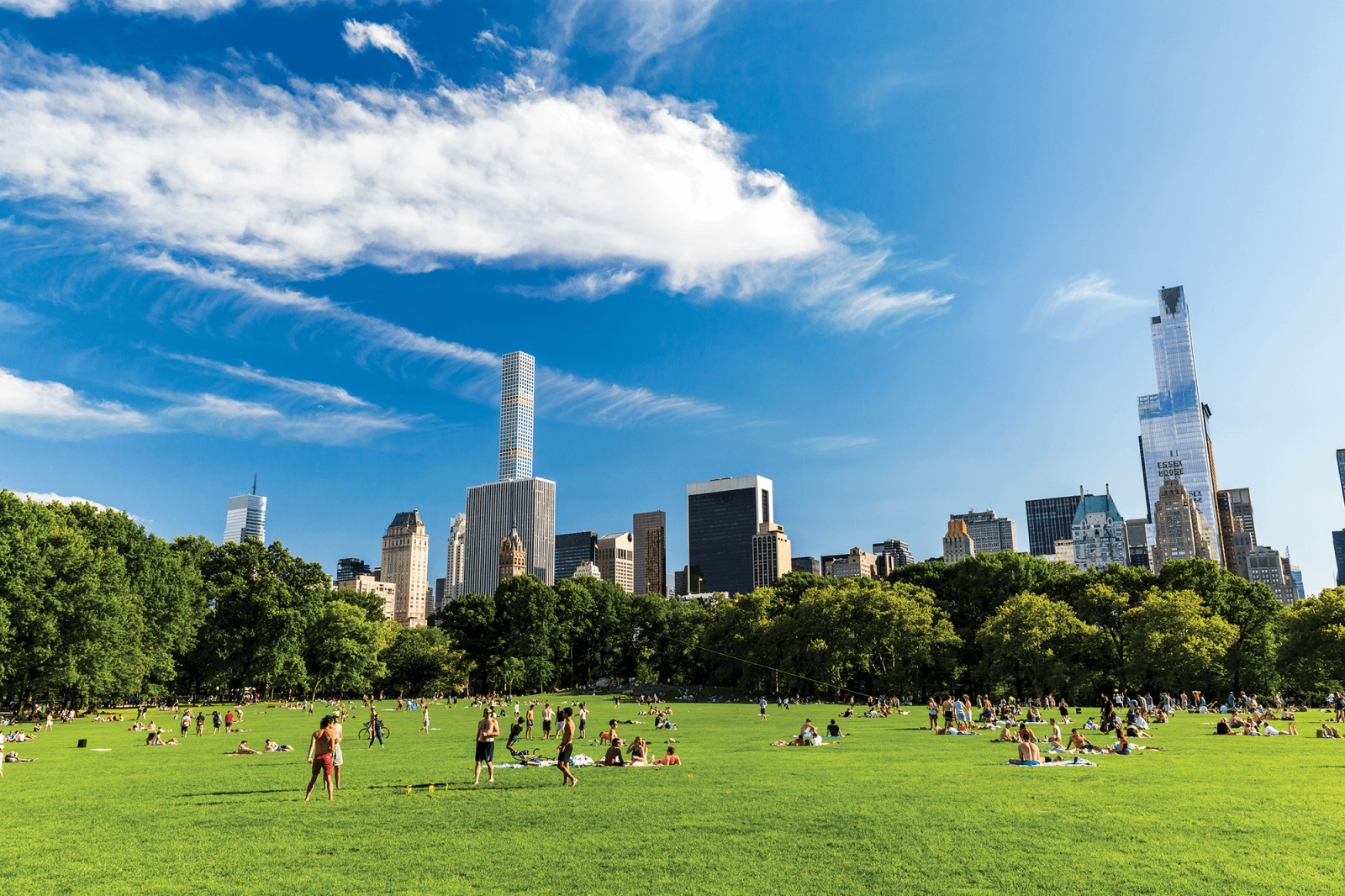October 11, 2022

Crunching the numbers
Researchers develop a Clean Air Calculator
BY DR. SARA STRICKER AND DR. ERIC LYONS
Plants in urban settings offer many benefits. The temperature difference when walking on a grassy field is noticeable when compared to a concrete parking lot on a hot sunny day. Urban plants also reduce noise, trap dust, and improve aesthetics. Plants play a vital role in producing oxygen. However, the other side of the photosynthesis equation is often overlooked.
Carbon dioxide + water = sugar + oxygen
For every molecule of oxygen produced, a molecule of carbon dioxide is fixed into a solid state such as sugar. This sugar is used by the plant to create new roots, shoots, and leaves. Carbon dioxide, along with methane, nitrous oxide, and water vapour, contribute to the “greenhouse effect.” A healthy layer of these gases in the atmosphere will trap heat from the sun and maintain an optimal temperature on our planet.Unfortunately, we are seeing too much of this good thing. It is estimated that atmospheric concentrations of carbon dioxide have increased by 40 per cent since the industrial revolution in the 18th century due to the burning of fossil fuels. This increase contributes to climate change.
Trapping or “sequestering” carbon is an inherent ability of all plants. Trees and shrubs grow larger each year and the new limbs are tangible proof of the trapped carbon. However, there is another (and less noticeable) plant working diligently to trap carbon dioxide right below your feet: turfgrass.
In a natural setting like the countryside, trees and turfgrass sequester carbon into the soil at similar rates. Storing carbon in the soil adds to the soil organic carbon (SOC). Soils with high SOC can absorb and hold moisture to support beneficial microbes to improve plant health. Urban trees store most of their carbon in the above ground trunk and branches, while turfgrasses store carbon primarily below ground as thatch and roots. In fact, urban trees rarely add to soil organic carbon since fallen leaves and branches are removed. This leads to the question: Which is better, turf or trees?
It can be difficult to calculate the exact amount of carbon trapped by plants in urban settings due to the hidden “carbon costs” of maintaining those plants. Practices that promote plant health, minimize pests, and improve aesthetics can release carbon dioxide and negate the carbon trapping efforts. This includes: mowing, trimming, fertilization, and transportation of goods.
Turfgrass can be found as: lawns, sports fields, parks, golf courses, and cemeteries. Depending on the amount of maintenance, these grassy areas could actually be a source of carbon dioxide. For a plant to be considered a net benefit to the atmosphere, the hidden carbon costs should not exceed the carbon sequestered.
Researchers at the University of Guelph and the Canadian Nursery Landscape Association have put their heads together to tackle this complicated calculation. The result is a Clean Air Calculator which inputs the management practices of mowing, fertilization, and irrigation for the total area covered by lawns, trees, and shrubs to calculate net carbon sequestration. The Clean Air Calculator will soon be available to homeowners and the green industry through a partnership with the Green Cities Foundation.
An interesting finding was that turfgrass, trees and shrubs all fall within a similar range for carbon sequestration. If the canopy area is the same, the species of plant did not really matter. Carbon trapping can be maximized when trees are planted with turf below, instead of surrounded by wood mulch.
One of the important conclusions of the study was that returning the clippings to the turfgrass system plays an important role in soil organic carbon. Collecting grass clippings removes a significant amount of carbon that could otherwise increase carbon sequestration by 11 to 59 per cent. Thoroughly mulching fallen tree leaves with a mower in autumn will further add to the SOC. Increased SOC contributes to soil structure, absorption of stormwater, degradation of pollutants, and reduced nutrient leaching. The more soil carbon the better.
The Clean Air Calculator is in the process of being added to the Green Cities Foundation website and is expected to be ready for use later this year. We hope you will share it with colleagues and clients to spread the knowledge that plants, including turfgrass, play a critical role in climate change mitigation.
Dr. Sara Stricker is the Communications and Outreach Coordinator of the Guelph Turfgrass Institute.
Dr. Eric Lyons is the Acting Chair, Plant Agriculture at the University of Guelph and the Director of the Guelph Turfgrass Institute.